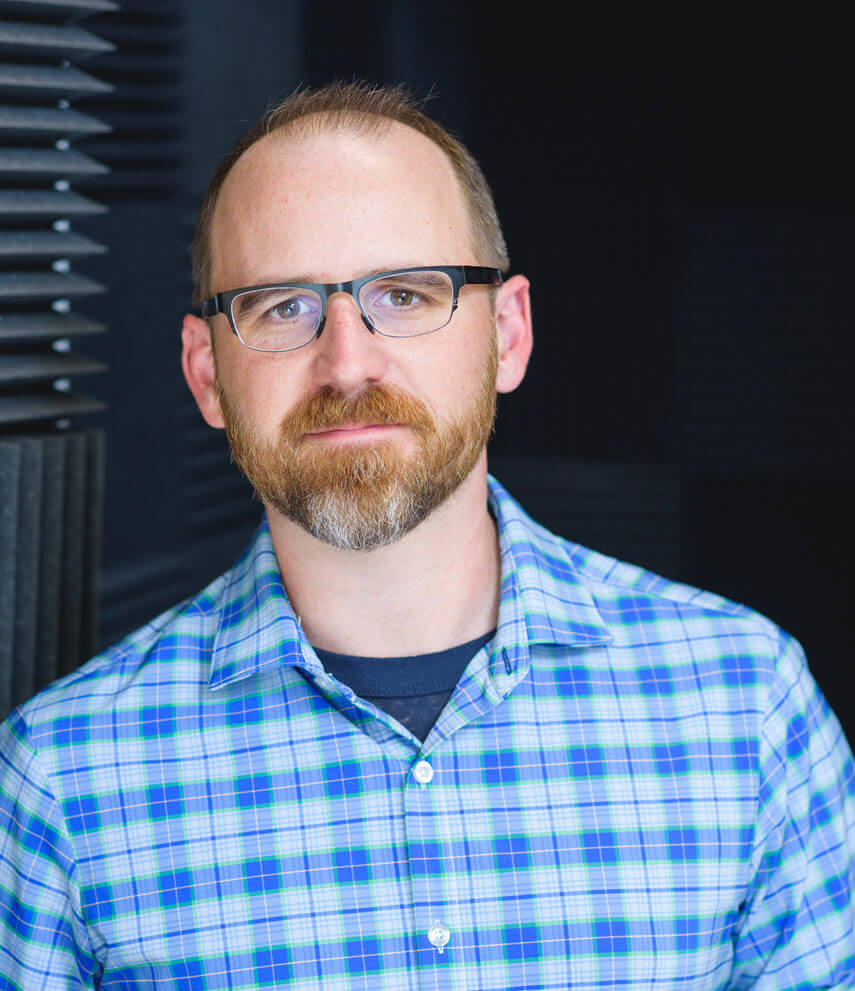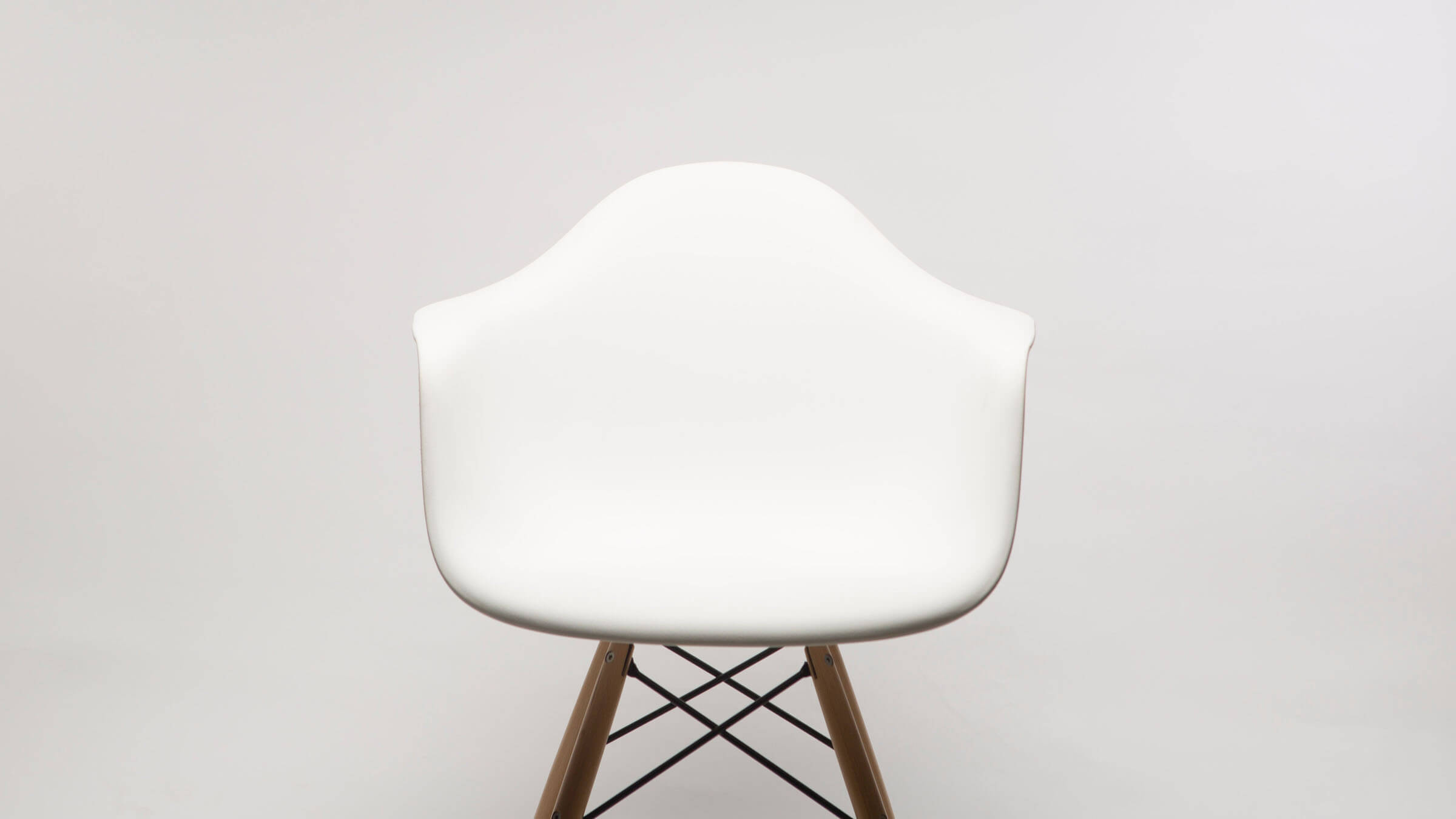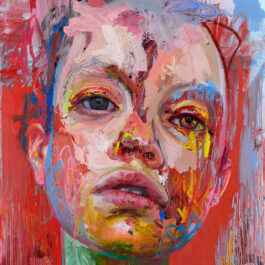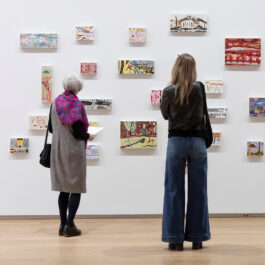In 2012, when his podcast 99% Invisible risked being cancelled after two seasons, radio producer Roman Mars took to Kickstarter – and ended up breaking the platform’s record for the highest-funded project in journalism.
Today, with 250 million downloads, the show is one of the most popular podcasts on iTunes, even winning a 2016 Webby Award for Best Podcast. Mars also co-found Radiotopia in 2014, a network now responsible for 20 podcasts that garner over 19 million downloads per month.
There are fascinating reasons why (most of) the objects around us are designed the way they are, and discovering them provides deep insights into our behaviour and society itself. In “Palm Reading”, for example, Mars and his team explore the standing of palm trees in our collective imagination as a “sign of luxury and leisure”, which largely determines their hefty prices. In fact, palm trees routinely get stolen because of their value. In “The Gruen Effect”, they examine the 1950-1990 surge of shopping malls in the US as community centres in otherwise sprawled-out, car-dominated suburbs.
Design has a powerful grip on our lives, one that we rarely, if ever, get to discover. Thankfully, Mars – who a New York Times columnist has dubbed “the Ira Glass of design” – continues to tell the stories of “the 99% invisible activity that shapes our world”.
Here, we talked with him to understand the fascinating way he looks at the world.
How do you and your team come up with ideas for 99% Invisible?
Roman Mars: The perfect 99% Invisible episode is one that tells a good story about something that exists in the world and the problems it solves, but also helps the listener – after they hear it – decode the world in a new way, understand the thought that went into a thing. That’s the type of stories we love, those that open your eyes to the world in all kinds of big and small ways.
What is the biggest insight you’ve gained from 8 years of 99% Invisible?
I have to admit: I’m not wired to be a real optimistic person. I don’t know if I’m naturally wired to marvel at things the way I have taught myself in the show. What I’ve discovered in the process of doing stories for 99% Invisible, is that there are a lot of smart, thoughtful and clever people trying to solve problems that I didn’t even know I had.
People think of design as the way something looks, and we really want to think about design as the way something functions and solves problems, as representation of choices about who we are.” – Roman Mars

When you look at the invisible design, which is the good design – the good design tends to be invisible, the bad design you notice – you understand that there are people that care about us. Sometimes they do for commercial reasons, sometimes for altruistic reasons. Still, a lot of thought goes into things, and I find that comforting. People might feel more alone and isolated, but really, they are surrounded by the thoughtfulness of humans.
That’s the part that has awoken in me from doing the show. I marvel at the world more, genuinely. I have to admit, when it started it was an aspirational show, I wanted to be the type of person who notices things, cares about them and examines them. I have lived my life with some of that mindset, but I’ve also lived a lot of my life being pretty ignorant, and not aware. I am not someone who always reads every plaque, who always notices good or bad design details; I just go about my life. I sort of became the type of person I wanted to be. That was a strange thing that happened to me personally through the course of the show.
Poor design is a liability, or at best, a missed opportunity. Could you tell us about an outstanding example of poor design and its consequences?
There are things from the small to the big. In the sense of the small, you can live in your home for 20 years and still never really map which light switch goes to which light or socket, or which dial on the stovetop goes to which burner. These are the type of weird small things that we seem to accept as being our fault for not remembering – but those are design problems.
Then there are bigger issues, that we sometimes deal with [on the show]. The US politics or government redesigning voting districts, and how they subvert democracy in winner-take-all elections. We have a system of government here that really conforms to two parties in a way that doesn’t really reflect the feeling of the electorate. That’s a design problem. If we think about these big, important areas of our lives as design problems, we might solve them in a smart way.
With 99% Invisible, and generally with many of Radiotopia‘s podcasts, you seem to focus on why things are what they are. Do you think general interest in looking into the reasons behind things is increasing?
I would say so. In the case of design, I think design awareness is at an all-time high. People are arguing over the fonts on movie posters, and design details that I don’t feel I knew they cared about that much before. There’s something about knowing the story behind something which is compelling and lovely. I think it delights people’s brains to notice the stories in everyday things, and [99% Invisible] operates in that space.
I don’t know what it is, but there seems to be a thirst for getting to the bottom of things and explaining things in clever and interesting ways. I am glad it’s there – that’s how my mind has always been wired.
Also, there is a way you interact with a podcast that makes stories about the world more compelling. For some reason, there’s a real preference towards non-fiction programming in audio, whereas most visual programmes are fiction. I make the only form of media that I guarantee you are doing something else while listening to.
In a past interview, you said that the radio is your favourite medium. Do you recall an instance of 99% Invisible in which you wished you could show some images?
Absolutely. We would cover graphic designs more if we could figure out a way to explain them, or if they would be more universal. We can talk about the graphics of certain things if we feel confident enough that our audience knows what we are talking about.
What I like about covering design, in particular, on the radio is that it strips away its aesthetics. People think of design as the way something looks, and we really want to think about design as the way something functions and solves problems, as representation of choices about who we are. Without the visuals, you enter the heart of that more quickly, because people have biases about what is not their style.
One of the reasons the show is named 99% Invisible is that I think of the physical object itself as being the 1% visible part, the tiniest fraction of what the actual thing is. It’s the 99% invisible part that’s the interesting part. It’s the whole story about what that thing is, and if we can tell that, then the visual component – that 1% – is not as important to people. That’s the type of story I like to tell.














Sorry, the comment form is closed at this time.